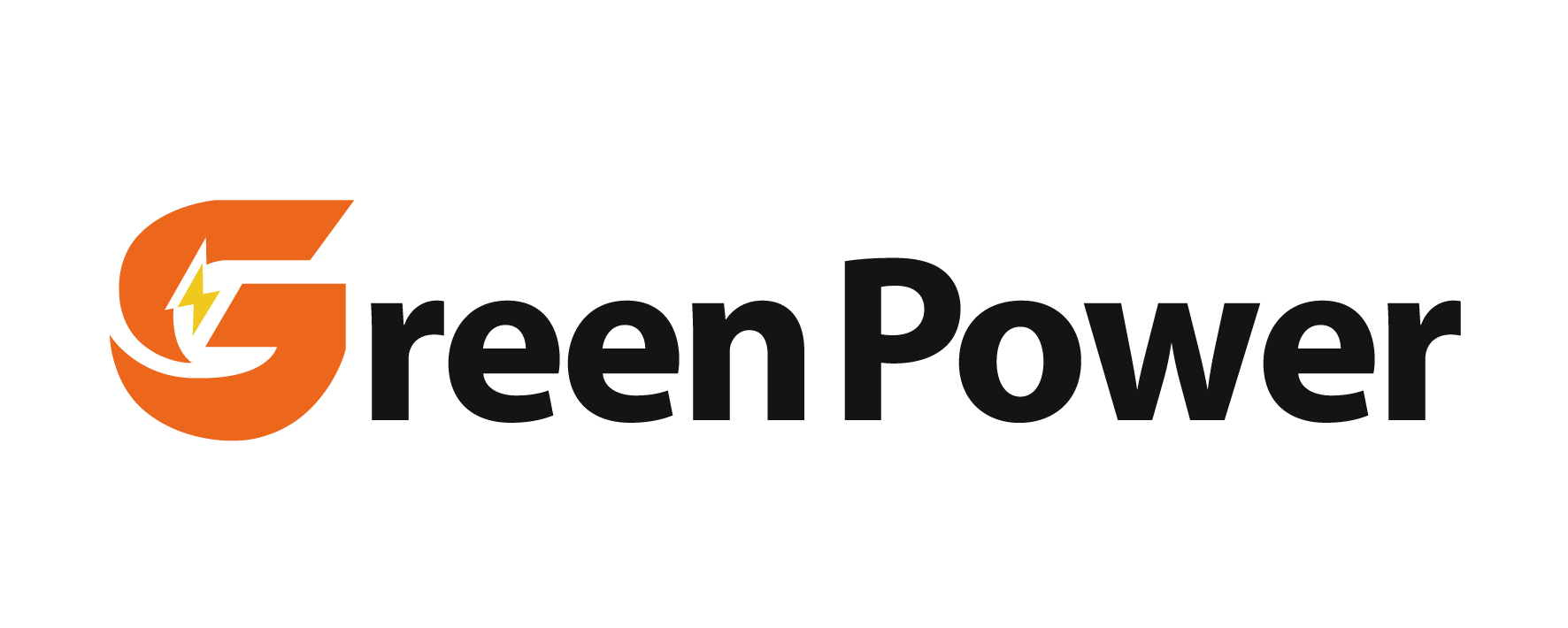wet lead acid battery
A wet lead acid battery represents a fundamental and reliable energy storage solution that has been continuously refined since its invention in 1859. This type of battery consists of lead plates submerged in an electrolyte solution of sulfuric acid, which facilitates the chemical reactions necessary for energy storage and release. The battery operates through a reversible chemical process where lead and lead dioxide electrodes react with sulfuric acid to generate electrical energy. During discharge, the acid combines with the plates to create lead sulfate, while charging reverses this process. These batteries typically provide 2.1 volts per cell and are often connected in series to achieve higher voltages. Wet lead acid batteries find extensive applications across various sectors, including automotive starting, lighting, and ignition systems, uninterruptible power supplies (UPS), solar energy storage systems, and industrial equipment. Their robust construction ensures reliable performance in demanding conditions, while their ability to deliver high current makes them particularly suitable for starting engines and supporting heavy-duty applications. The maintenance requirements include regular monitoring of electrolyte levels and periodic water addition, which helps maintain optimal performance and extend battery life.



